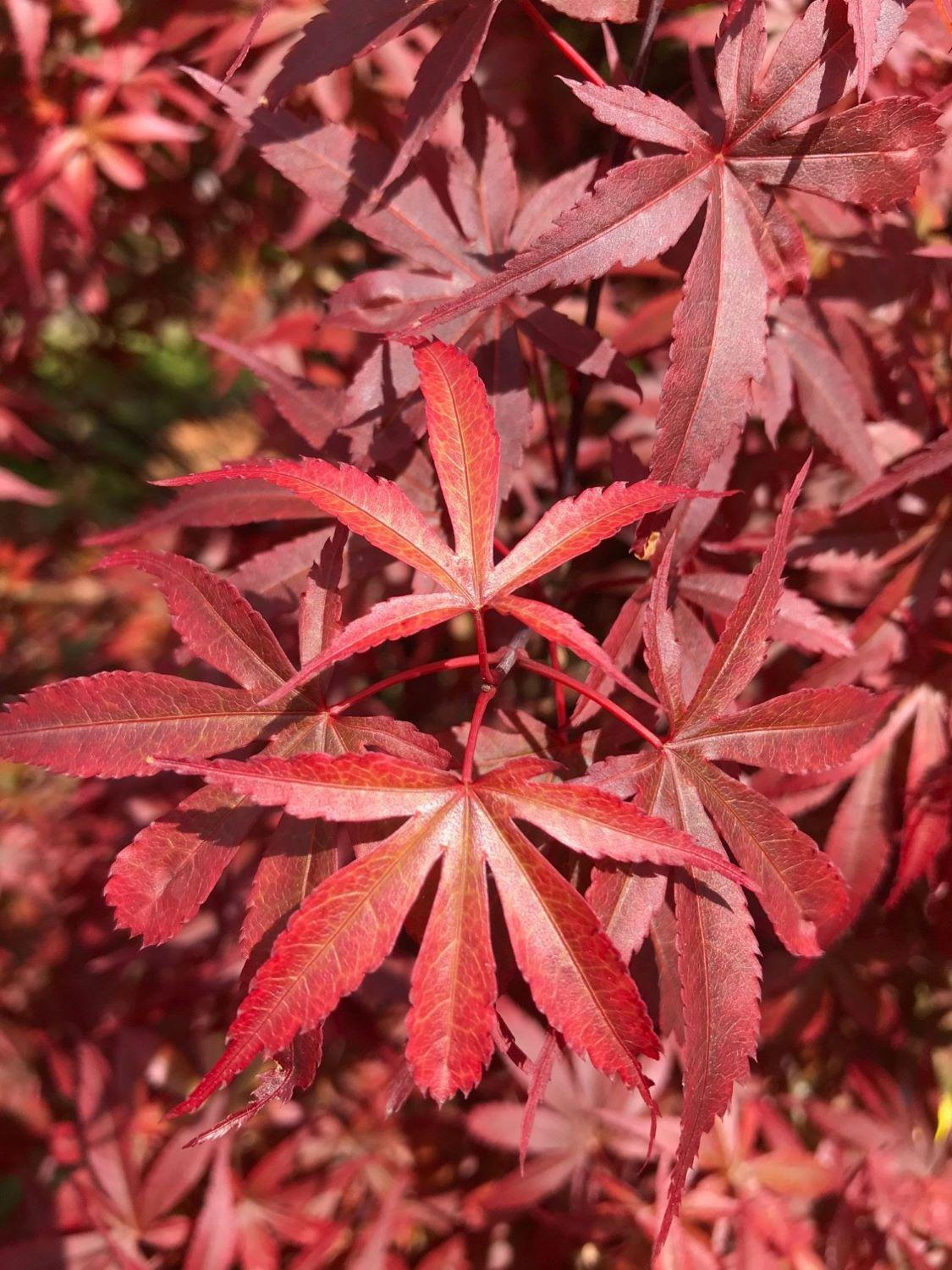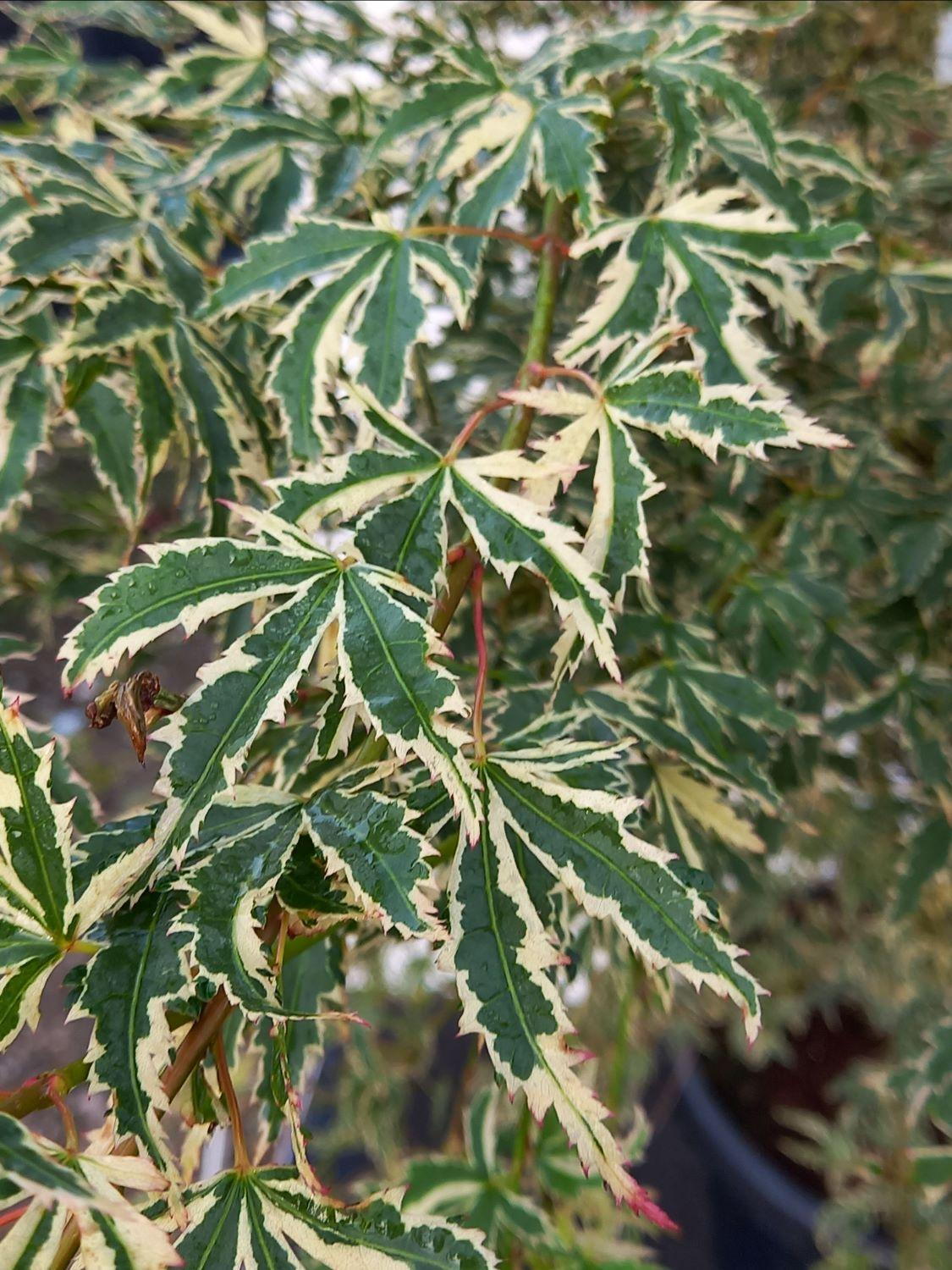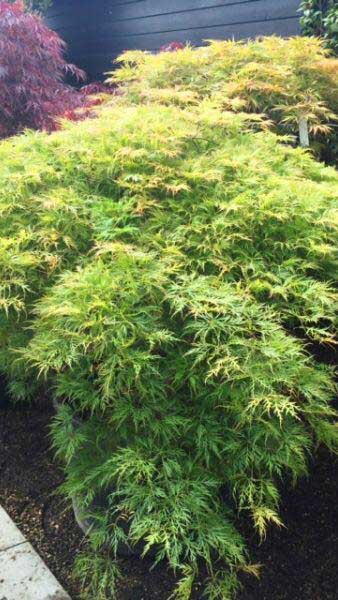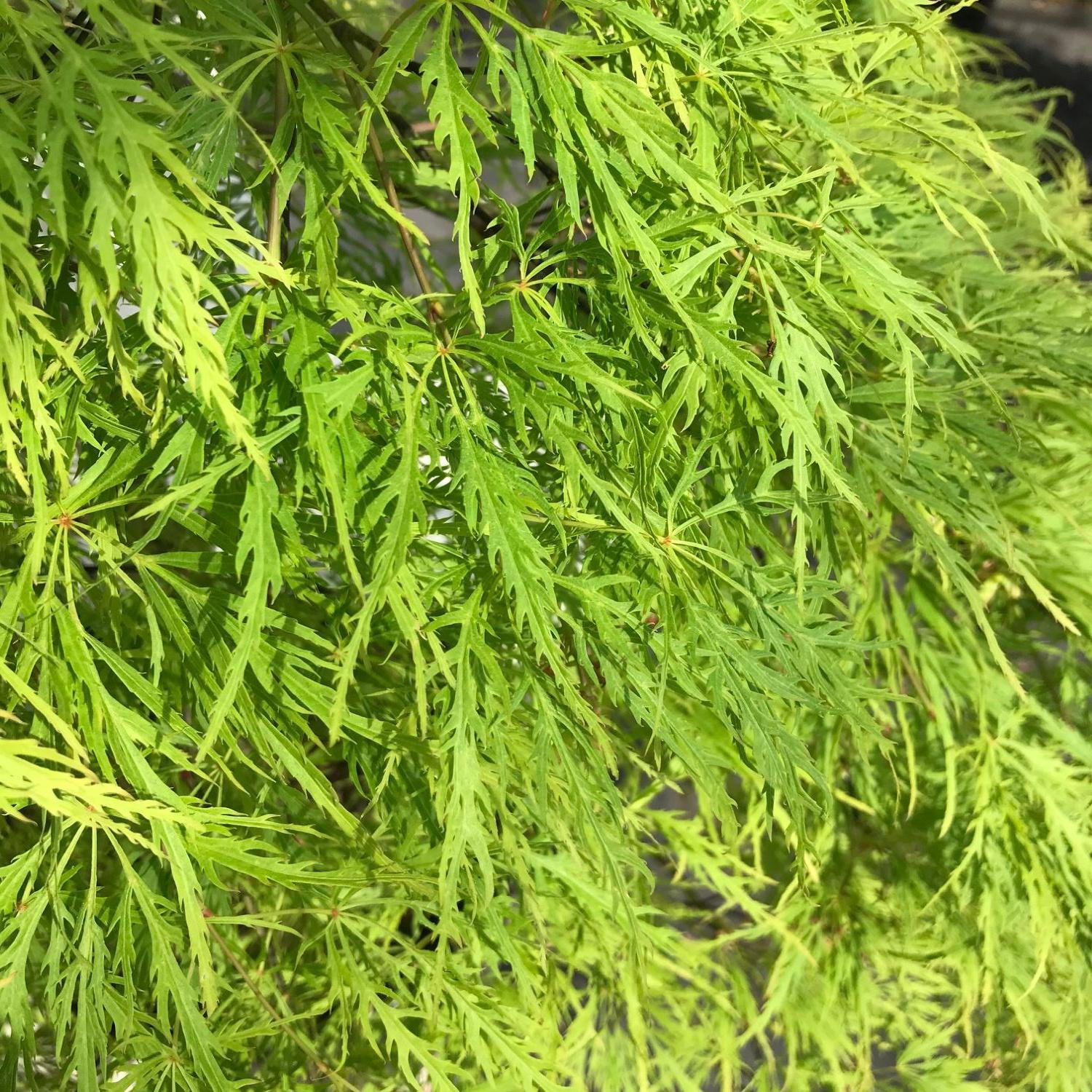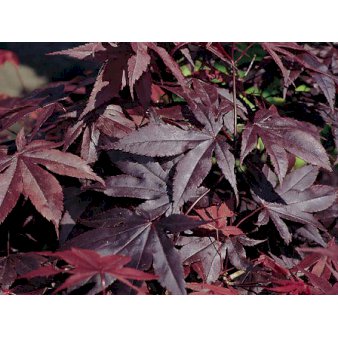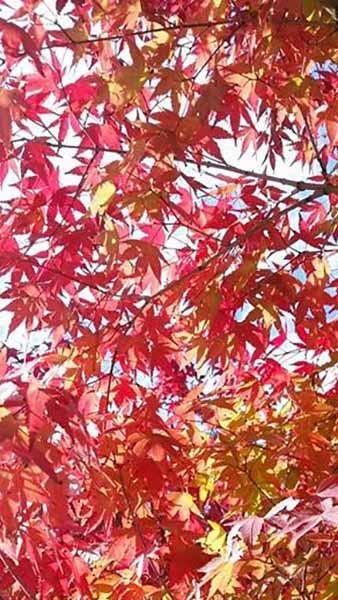
Mærke
- Powery 4.722
- Acer 946
- Svedberga Plantskola AB 214
- Australian Council for Educational Research (ACER) 106
- CS 54
- WHISTLER 38
- Megyeri Kertészet – SZK 29
- CoreParts 27
- Paramount Plants & Gardens 26
- Megyeri Kertészet – NYA 22
- Megyeri Kertészet – VAN 22
- Barbour 20
- PSA-CBI 12
- Plantetorvet 8
- compart_battery 6
- Megyeri Kertészet – GUR 5
- AuthorHouse 4
- Montane 4
- AI_5 3
- DIBI Milano 3
- Megyeri Kertészet – BOO 3
- Taylor & Francis Ltd 3
- 2-Power 2
- Acer Refurbished 2
- Dell 2
- Green Cell 2
- HP 2
- Lernberger Stafsing 2
- Megyeri Kertészet – ORO 2
- No name 2
- PSA-CBP 2
- Qoltec 2
- Trust 2
- Voltistar 2
- acer 2
- compart_smallpart 2
- eMachines 2
- laptop_brugt_acer 2
- AI-Products 1
- Anthony Logistics 1
- BlackBird 1
- DR.GIORGINI SER-VIS Srl 1
- Innersense 1
- John Wiley and Sons Ltd 1
- L'OREAL SKINCEUTICALS 1
- Logitech 1
- MTP Products 1
- Megyeri Kertészet – ACK 1
- Megyeri Kertészet – VOR 1
- Nedis 1
- ROUGJ GROUP Srl 1
- SKINCEUTICALS (L'Oreal Italia) 1
- Sage Publications Ltd 1
- Sony 1
- Spigen 1
- Taylor & Francis Inc 1
- V7 1
- compart_dc 1
- compart_keyboard 1
Farve
Størrelse
Køn
Butik
- Batteri-butik.dk 4.722
- Power Laptop 824
- Svedberga.com 214
- Plusbog.dk 110
- Megyeri Kertészet 85
- Proshop.dk 84
- Batteribyen.dk 80
- Paramount Plants 26
- Skiftselv.dk 23
- PCLAND 22
- SkiftSelv.dk 22
- Boozt.com 19
- Booztlet.com 16
- Huma.dk 12
- CC-Trading 10
- Booztlet 9
- Boozt.com - available 8
- Plantetorvet.dk 8
- Booztlet PL 6
- Coolpriser.dk 5
- Elextra.dk 5
- Lundhede.com 5
- Datamarked.dk 4
- Friliv 4
- Av-Cables 3
- Bogreolen.dk 3
- Esteticamente Shop 3
- Tales.dk 3
- Dinapoteker.dk 2
- FarmaWeb.it 2
- Farmacia Reale FI 2
- MyTrendyPhone.dk 2
- ren-velvaereshop.dk 2
- Batterilageret.dk 1
- Batterinet.dk 1
- Kosmos Renew 1
- Made4men.no 1
- beautycos.dk 1

